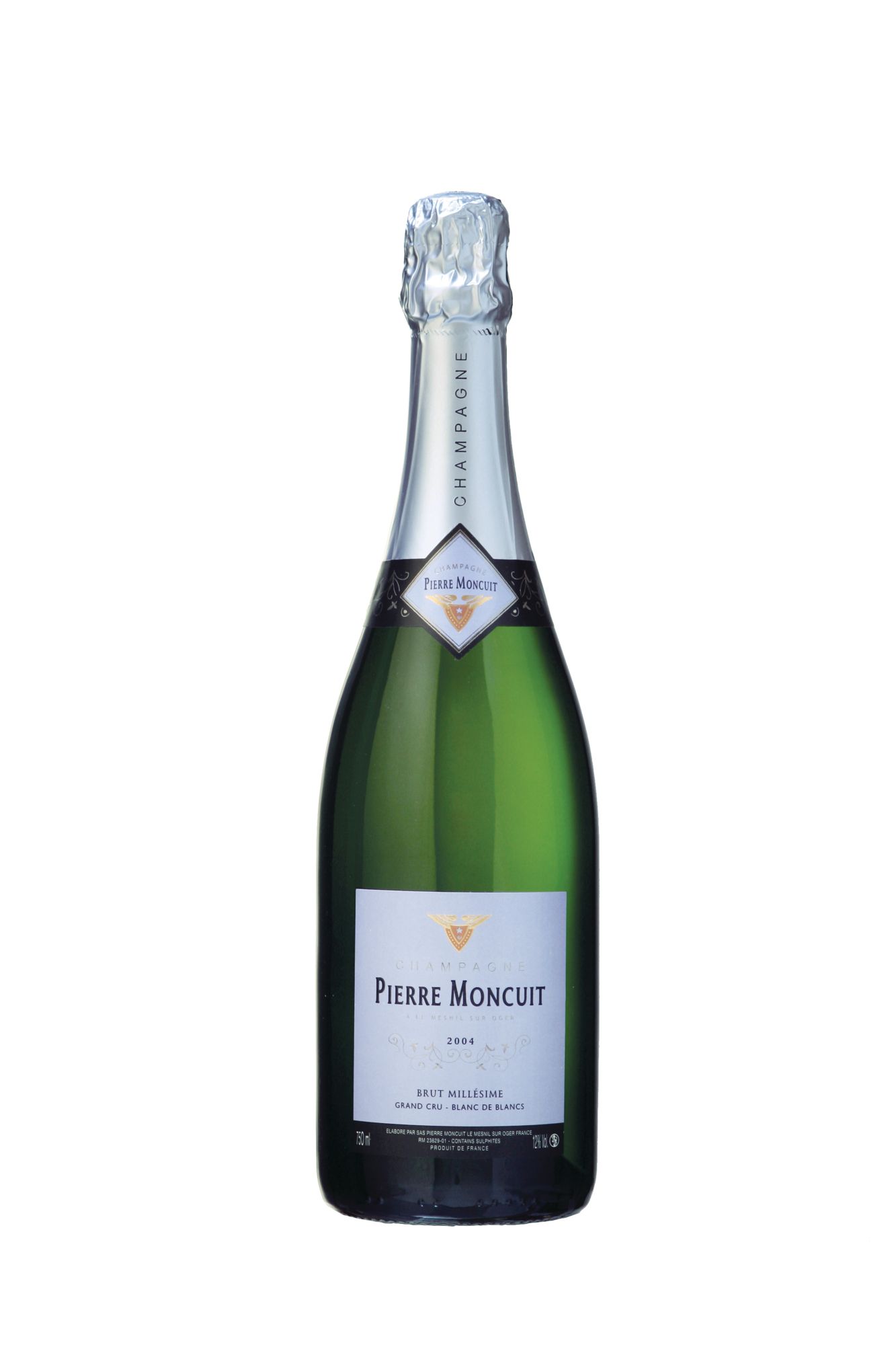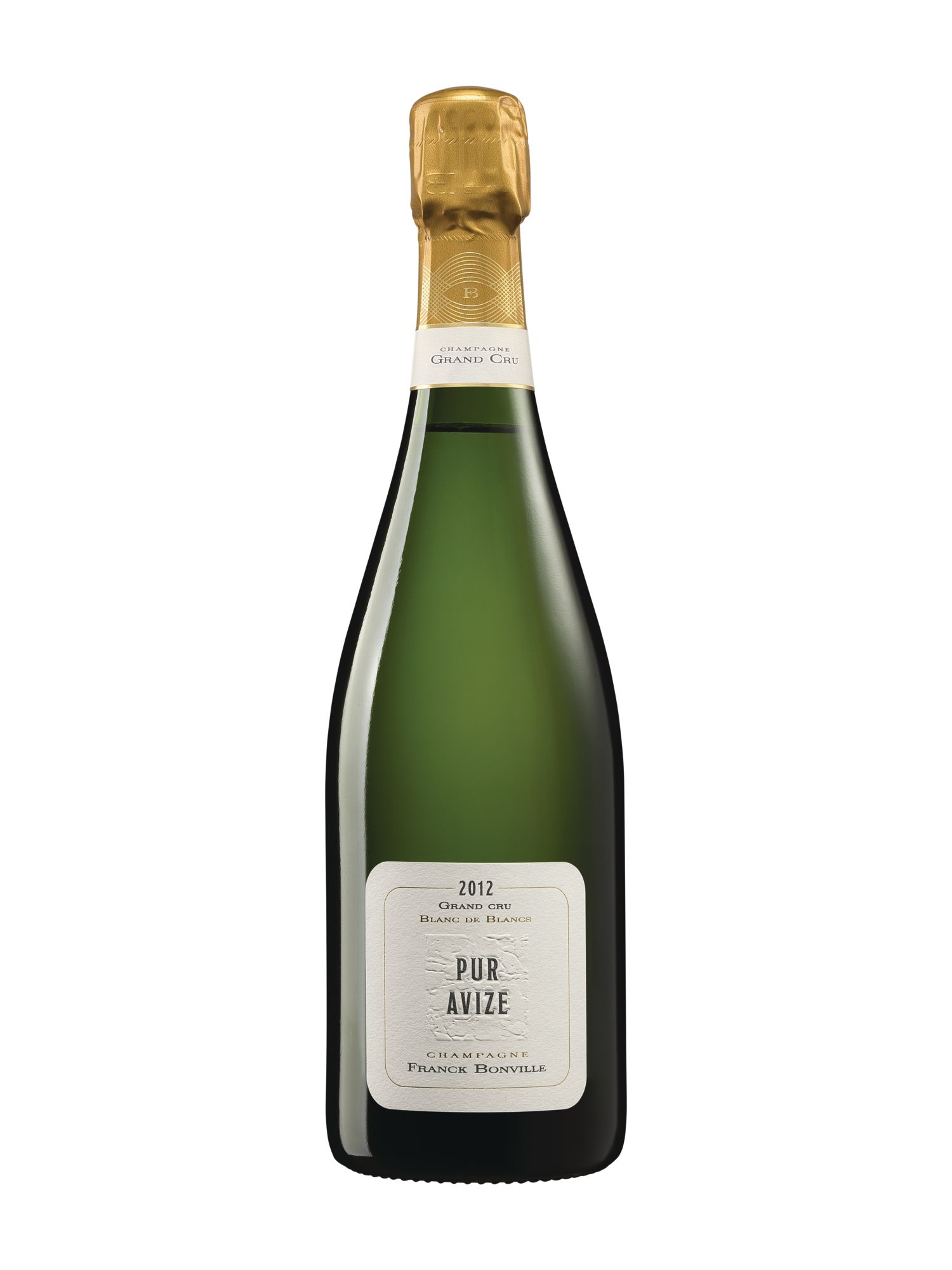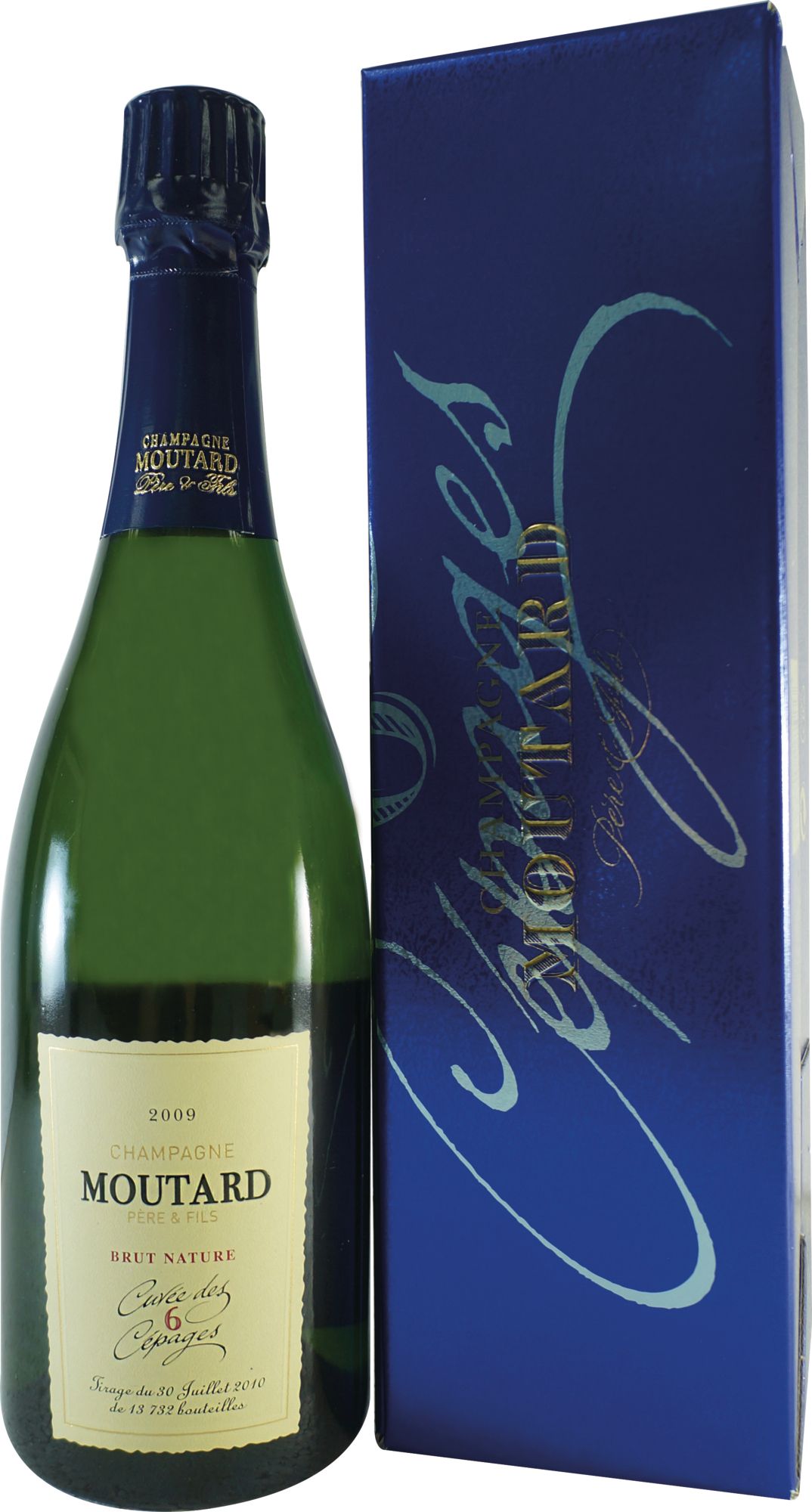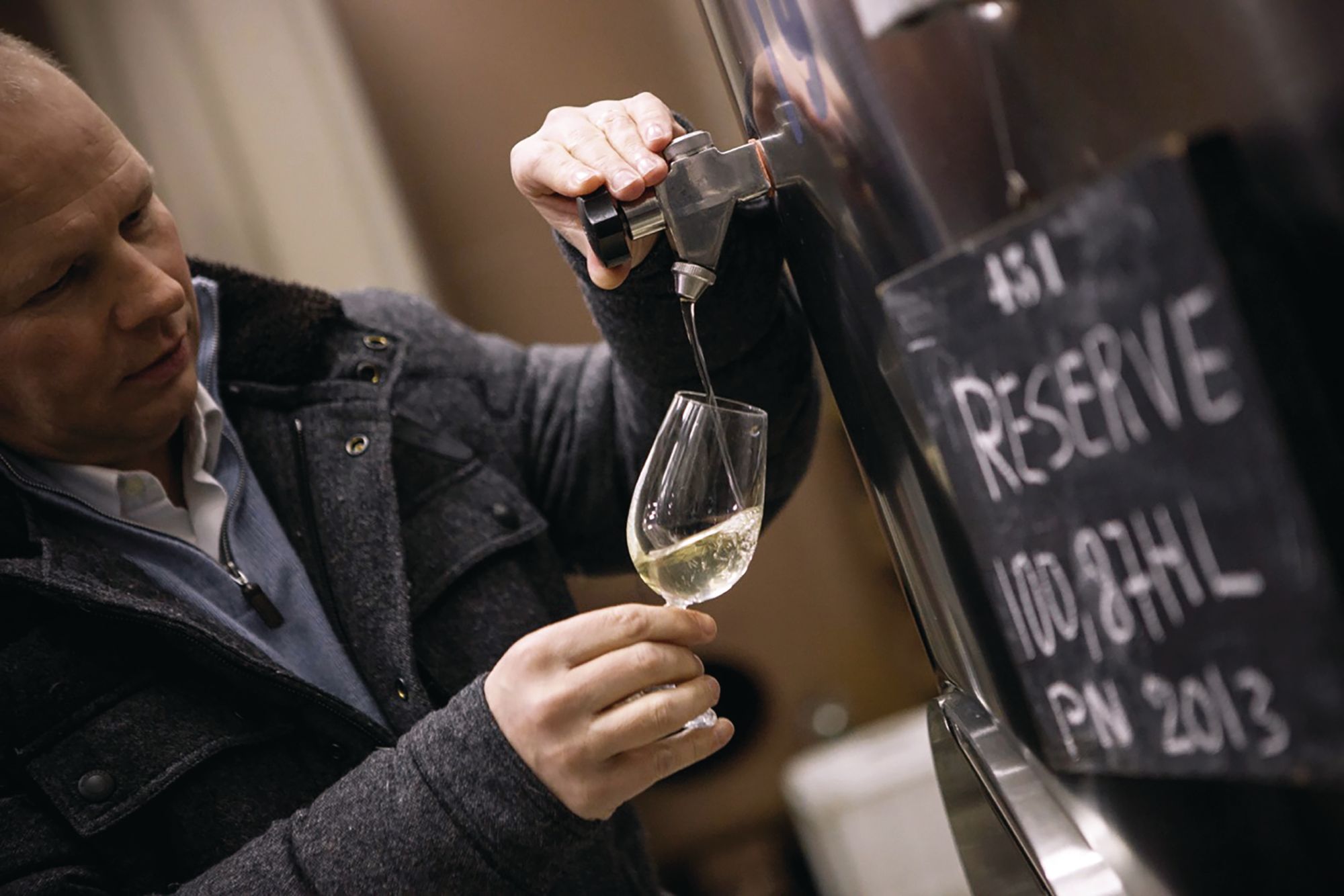True champagne aficionados know that the real stars are not the most famous houses, but the wine growers themselves
In the effervescent world of Champagne, some names have become so synonymous with luxury—thank you very much, Jay-Z—that one might wonder just what is so special about the grapes that go into the likes of Cristal, Dom Pérignon or Salon. Is each grape polished by hand; each vine watered only with Evian?
In fact, in the somewhat unusual ecosystem of the region of Champagne, the origin of most grapes is not really as proprietary as you might think (through Cristal is an exception). In fact, the big “houses”, or maisons or négociants if you prefer, are actually supported by a network of co-operatives and individual grape growers who, in some cases, might also make wines of their own. These belong to a category known as “grower estates”, a term that may not be well known, but one that’s worth learning about in order to recognise bottles that are actually produced by the same hands that tilled the soil.
For roughly two-and-a-half centuries, growers produced very little wine and Champagne houses grew very few grapes, a relationship that was largely symbiotic. Historically, most growers lacked the capital to invest in production and marketing, while the houses had capital, experience and relationships.
This began to shift in the mid-20th century when more growers established their own estates. Officially known as Récoltant manipulant (identifiable by the letters RM on a label), these growers make champagne from grapes exclusively sourced from proprietary vineyards and facilities.
See also: Bordeaux Liquid Gold & Château Cheval Blanc Join Us On Zoom

“But what difference does it make?” you may ask, other than the romance of supporting small farmers. Because the wines come from a single estate, there is a specificity rarely found in NM champagnes (Négociant manipulant being the designation for houses), for which blending of grape varieties, vineyards and vintages is an essential tool for maintaining consistency. There’s often more variability in grower Champagnes, but Burgundy lovers in particular tend to view this as a feature rather than a bug.
A few years ago many grower Champagnes shared a certain aesthetic: higher levels of ripeness, but less sweetness, with more expressive fruit wrapped in idiosyncratic flavours that would never have made it past the nose of a house’s chef de cave. There are still producers who fit this mould, notably natural-leaning estates like Charles Dufour and Vouette & Sorbée.
However, having recently tasted my way through a cross-section of RM champagnes available in Asia with Hong Kong Ordre de Coteaux de Champagne’s consul Roland Müksch, we noted that growers’ predilection for what he refers to as “funky styles” seems to have faded. The movement, he notes, has increased the diversity of styles, improved viticultural practices and most critically emphasised a quality he calls vinous, for which the movement is known.
Tautological as it might sound to describe champagne as “winelike”, it does make sense because of the relative neutrality that dominated many house champagnes as recently as a few decades ago. Base wines, before they underwent a second fermentation in bottle, tended to be selected for freshness and delicacy rather than character, producing finished wines that lacked much distinction once the bubbles were gone. Many of the wines from this tasting, however, continued to be flavourful—sometimes pungently earthy, other times more classically rich and toasty—long after the bubbles had fizzed away. Yes, I went back and checked.
The true fun of grower champagne is wrapping your head around all the different dimensions that distinguish one from another—different grape varieties or blends, different origins, ageing regimens (both before and after bottling) and styles. Below, we’ve categorised wines from our tasting using a few different lenses.
See also: 30 Wines Worth Adding To Your Collection







